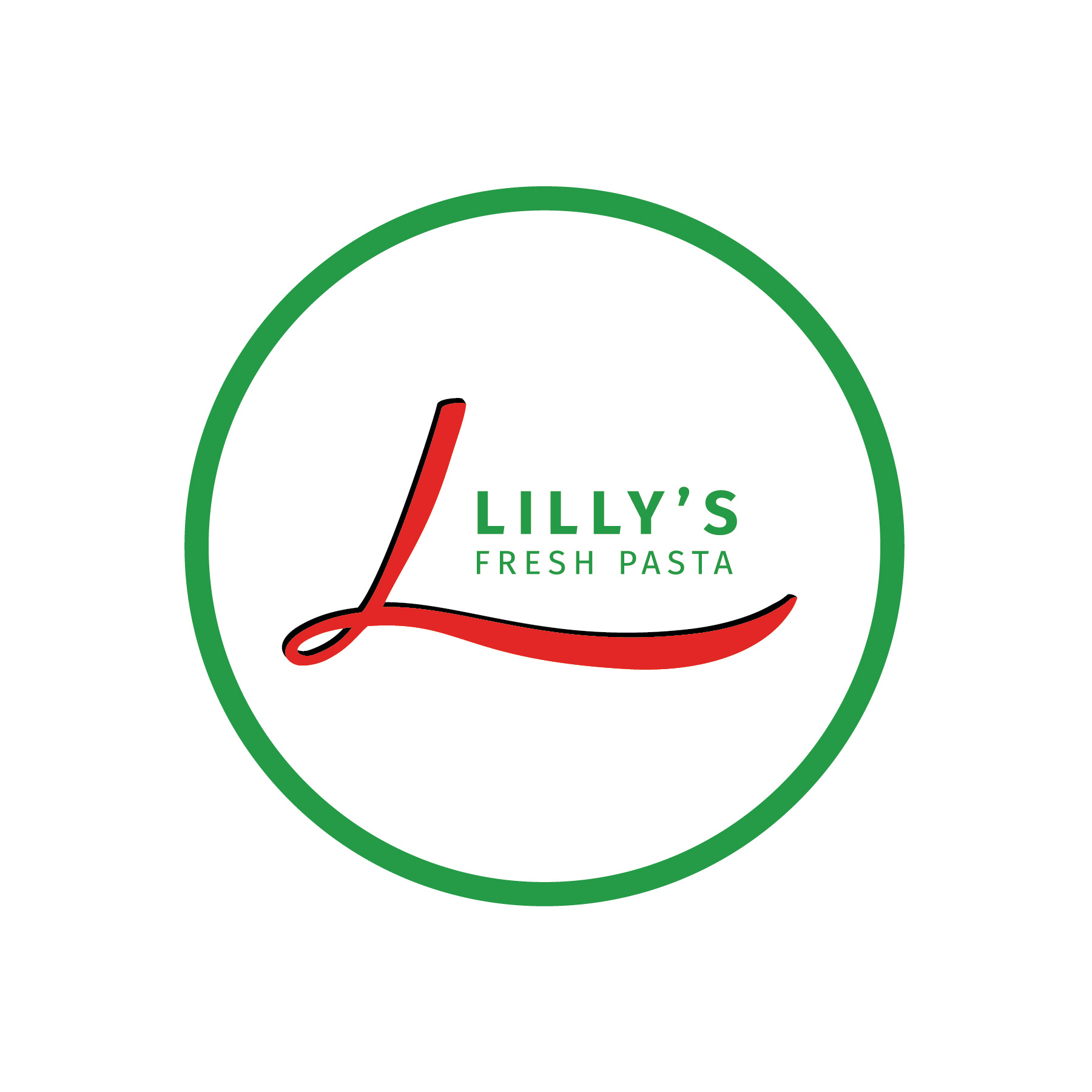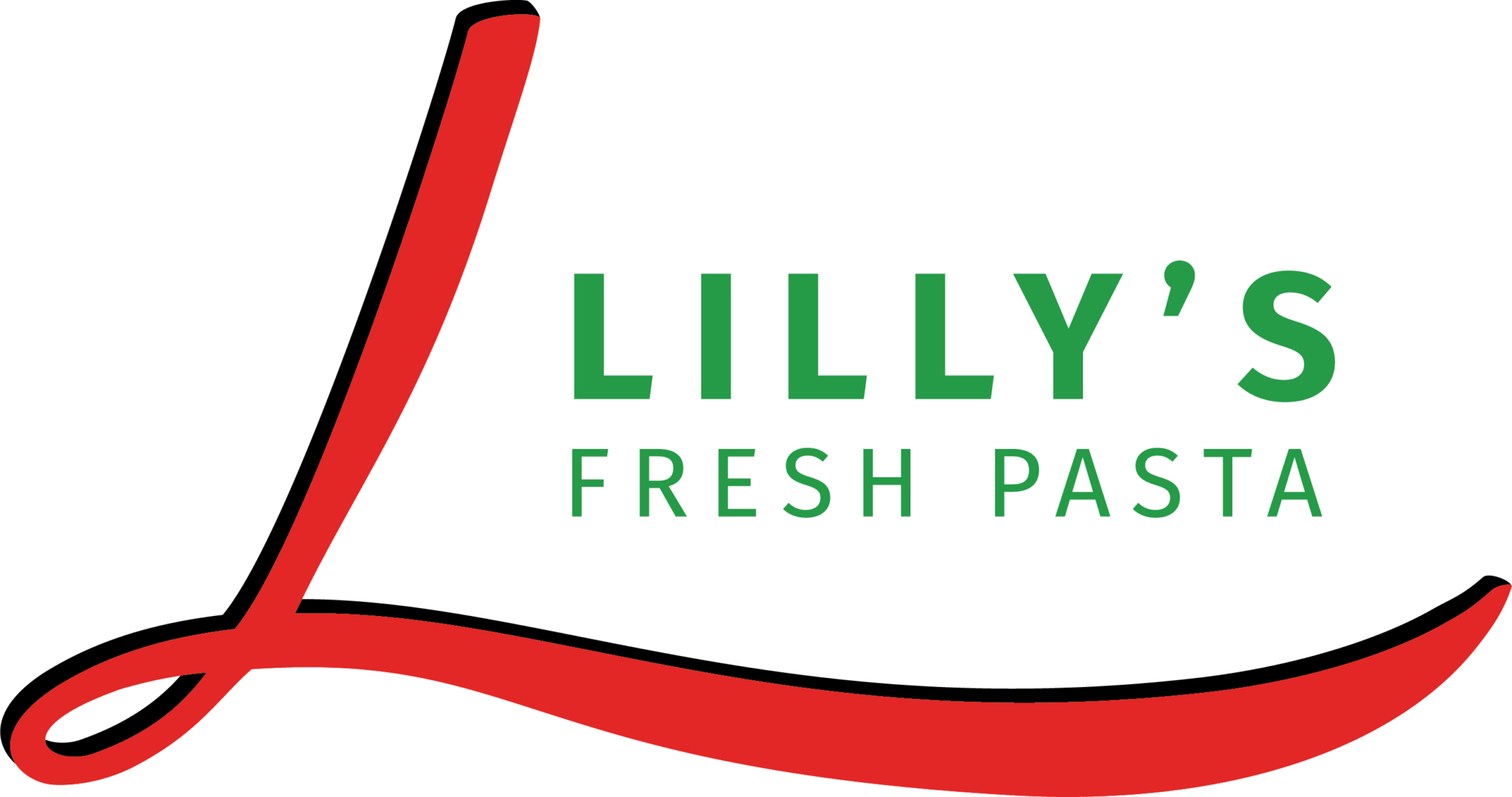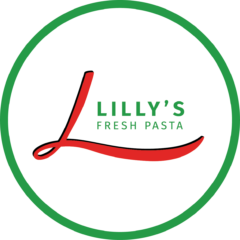To say the COVID-19 pandemic has presented challenges to the food service industry would be the understatement of the century.
There’s the massive shift to takeout/off-premise, new rules and regulations to navigate, and instabilities in staffing and inventory that turn day-to-day management into a brave new undertaking each time a new shift begins.
Not to mention, the usual restaurant challenges of balancing food costs, increasing bottom line, and maintaining customer loyalty are more crucial than ever, as restaurant operators tightrope-walk on dangerously slim margins.
We truly believe in fresh pasta as the best solution for restaurants to increase their profits, in or out of a recession.
With these 5 hot topics on the restaurant community’s minds, here’s why a shift to a wholesale fresh pasta program can be just what the doctor ordered:
1. Saving time and labor in restaurant kitchens
With fresh pasta, you can delight your customers with housemade flavor in minutes.
Making pasta in house has become more and more popular, and (believe it or not) we love to see it! It shows enormous passion and a commitment to serving quality food, and executive chefs who make their own pasta can attest to the glowing feedback from the restaurant’s customers.
However – any restaurant kitchen today with labor hours to spare is a lucky crew. Most operators are dealing with shrinking margins and limited staff, so every money-making minute needs to count.
By sourcing artisan-quality, genuine fresh pasta from an experienced wholesale purveyor, you can take advantage of the value-added authenticity of fresh pasta without rolling out the dough yourself.
House-made pasta question aside – fresh pasta is a time-saver by nature. It takes just 3 to 4 minutes to cook most fresh pasta! There’s no need to spend valuable prep time precooking it (or risk the waste potential of having to toss unused, precooked portions in the trash). Populating menus with more fresh pasta features and fewer traditional COP proteins can help decrease average ticket times and get more dishes out the door.
If you really want to speed up your operation and take labor-saving to the next level – consider a small investment into a pasta cooker. It’s essentially a deep fryer, but with running water instead of oil. This keeps a constant level of boiling water so that not a minute is wasted when a pasta order comes in.
2. Better product hold time
Fresh pasta maintains its “bite” much better than precooked pasta, on the line or in a to-go container.
Because of the way fresh pasta is laminated and extruded, it has better stress resistance than precooked pasta and keeps its chewy, rustic texture until the last bite is taken – whether that bite occurs minutes or days later.
Why is this important? For one – this makes fresh pasta ideal for takeout and delivery. According to Datassential, 65% of consumers will continue to eat off-premises versus inside the restaurant even after restrictions have been lifted; don’t you want to be the one they choose when scrolling through an endless sea of delivery menus on Uber Eats, because of your amazing, authentic fresh pasta that tastes as great in a takeout container as it does freshly plated?
Additionally – fresh pasta won’t fall apart on you, and ravioli won’t break open, if not immediately plated. This gives chefs some flexibility to tend to items that need their prompt undivided attention – think two ribeyes that need to go out at a perfect medium-rare and a perfect medium, respectively. If you leave precooked pasta or ravioli in the water even a minute too long, it will become mush, burst open, and become wasted food cost dollars.
3. Simplifying inventory
Fresh pasta lets you add infinite menu variety with minimal SKUs.
A hot topic with restaurant operators these days is downsizing or “right-sizing” their menus: streamlining offerings to tighten up food costs and reduce inventory, while keeping customers happy with the selection. It can be tricky to balance – but with pasta, just one SKU can become five different menu items just by switching up sauces and preparations with other ingredients already on-hand.
For example – let’s say you bring in some fresh Garganelli to be your “Fresh Pasta of the Month.” With just a basic red sauce, you now have a Garganelli Marinara, a Garganelli Arrabbiatta, a Garganelli Puttanesca, and perhaps a Garganelli alla Vodka. Add a basic Alfredo, and now you have a Garganelli with Ham and Peas, a Garganelli with Lemon and Dill Cream, a Garganelli Florentine with fresh spinach…the pastabilities truly are endless.
4. Increasing the bottom line
Fresh pasta yields 30 to 50% more servings per pound than precooked pasta – don’t pay up front for water weight!
On top of superior flavor and texture, fresh pasta means more bang for your buck. The math here is simple – with precooked pasta, 30 to 50% of what you pay for is simply…water. Fresh pasta increases in yield when you prepare it, which at the end of the day means a lower cost per serving (or at least a cost that is comparable, if not significantly lower, to a precooked product with a mediocre flavor and a mushy texture).
Watch this in action here: the 8-Pound Fresh Tortellini Cook-off
A 5 ounce portion of fresh pasta will become 7 to 8 ounces prepared. At about 20-30 cents per ounce, you’re talking about about a food cost of about $1.25. Add sauce ingredients, perhaps a quality takeout container, and you’re still maxing out at around $3 to $4 in food costs for a dish that can easily fetch $14.99 or higher, even at a QSR / grab-and-go establishment.
Another great way to increase bottom line with fresh pasta – charge a premium for fresh pasta dishes! Words like “authentic,” “fresh,” and “homemade” still resonate strongly with consumers, and they are not put off by a few dollars’ up-charge for what they perceive as a higher quality experience.
You can also offer fresh pasta as an optional $2-3 upsell on any pasta dish on your menu. Fresh pasta can absolutely coexist with your dry pasta program if that’s what’s working for you, and you can still reap the benefits without overhauling your menu.
5. Standing out from your competition
The flavor of fresh always wins!
This one almost goes without saying. In today’s climate, not only are you competing with other dine-in options, you now have to win against a sea of delivery-only models, ever-expanding grab-and-go retail options, and consumers who are cooking at home more than ever.
According to the National Pasta Association, fresh and fresh-frozen pasta is the fastest segment of the pasta category and the ONLY segment trending upward in 2020. Demand is growing, consumers are taking note, but it hasn’t reached its explosive peak just yet.
Be that operator to take advantage and “wow” your customers with fresh pasta – there’s simply no imitating the hearty taste and rustic texture that absorbs flavors and sauces like no other.
Most chefs are used to hearing “the sauce was so good;” how about “The pasta AND the sauce were amazing, and I’m going back for that.”
We’d love to know your thoughts! Has fresh pasta been your secret weapon in keeping up sales and standing out from the crowd? Are you testing new menu pricing strategies, or considering fresh pasta for the first time?
Be sure to drop us a line, or let us know you’d like a sample. We’re happy to help in any way we can.
Grazie,
The Lilly’s Fresh Pasta Family



